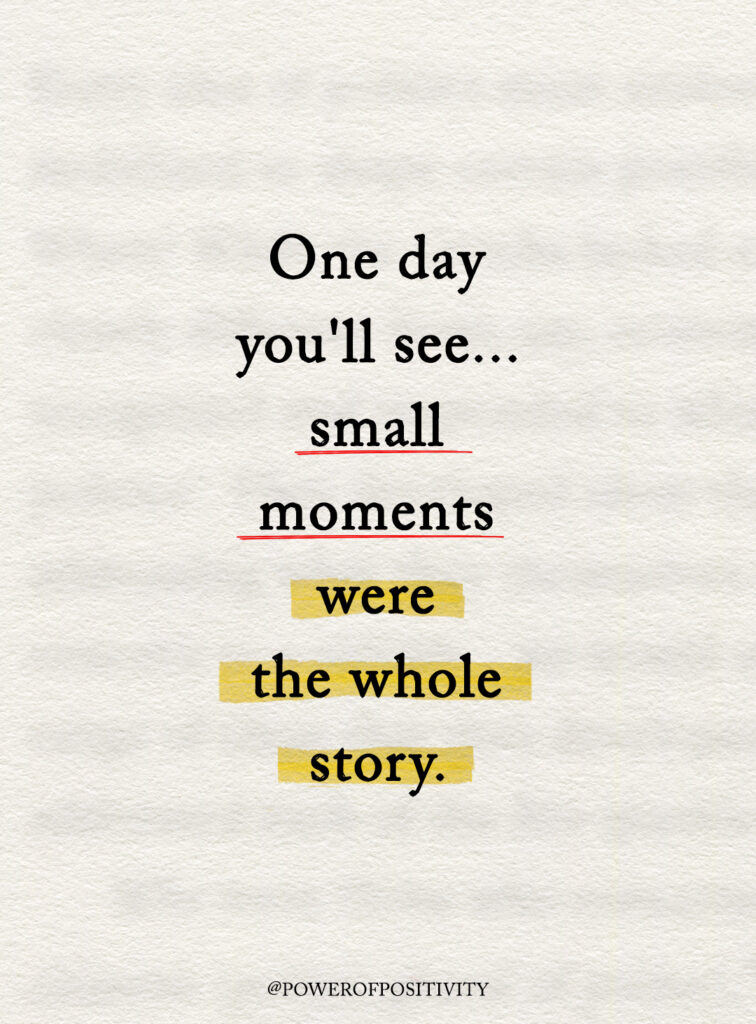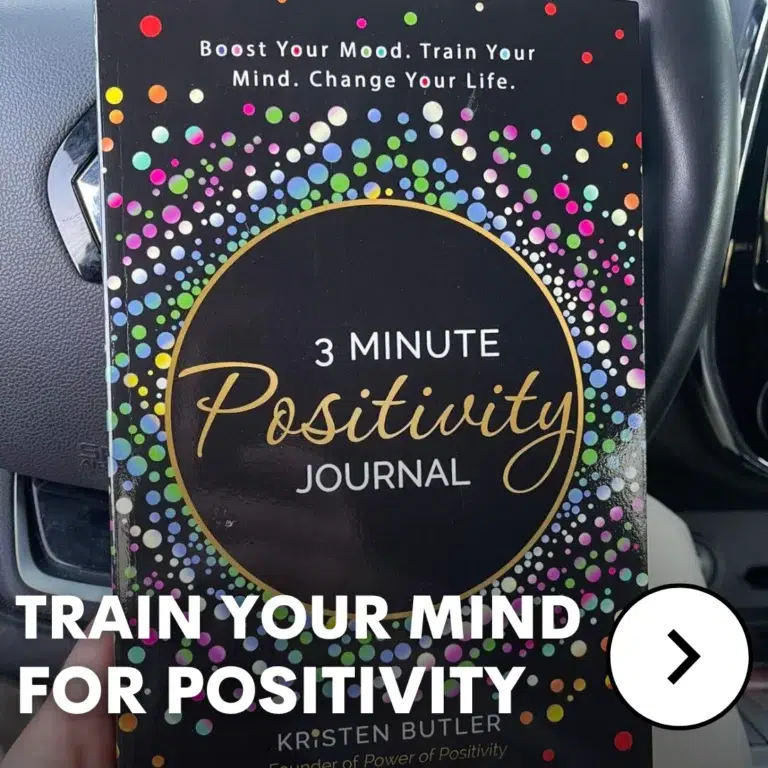Everyone knows what it feels like when life doesn’t go as planned. A failed exam, a missed chance, or a goal that slips away can sting in ways that linger. These moments often feel heavier than they should, pulling down confidence and leaving a person questioning their own path.
Yet even in that sting, something valuable sits beneath the surface. Setbacks can shift direction, highlight lessons we didn’t expect, and push growth in ways smooth success never could. They often mark the very place where strength starts to build.
Instead of being the end of the road, challenges can act as stepping stones of inspiration. They point the way forward, showing that growth is possible after loss. When setbacks are seen this way, they stop being barriers and become tools—helping turn today’s struggles into tomorrow’s progress.
The First Shock of a Setback
A setback often hits harder than expected. One moment you’re hopeful, and the next, disappointment sets in. The first reaction is usually emotional—frustration, shame, or even anger at yourself. These feelings are normal, but they don’t have to define you.
Common reactions after setbacks:
- Doubting your abilities.
- Comparing yourself to others.
- Feeling like giving up.
These thoughts may be painful, but they’re temporary. Every person has stood at this same crossroads.
The key moment comes when you decide what to do with the experience. Will you see it as the end, or will you use it as fuel to keep moving? Small examples help show this truth: a missed job offer may lead to a better fit, a failed project can spark new skills, and even a broken relationship may open space for healthier ones. Each choice shapes whether setbacks break you or become stepping stones of inspiration.
Lessons Hidden Inside Challenges
Mistakes don’t only signal failure; they carry feedback we can use. Every setback holds a message if you pause long enough to notice it. Ask yourself, What went wrong? What small changes can I make next time?
Ways setbacks give useful feedback:
- Highlighting what strategies don’t work.
- Showing blind spots in planning or effort.
- Teaching patience when things take longer than expected.
Beyond lessons, setbacks build traits that easy success never touches. Resilience, problem-solving, and persistence often grow strongest when tested. Smooth victories rarely challenge us to improve; difficult times do.
Think of each challenge as practice. By handling struggles today, you gain tools that prepare you for tomorrow. Even small adjustments after a failure can lead to long-term growth. Looking back, most people find that hardships, though painful at first, became the stepping stones of inspiration that shaped their best skills.
Famous Stories of Rising After Setbacks
History is full of people who turned losses into breakthroughs. Their stories remind us that failure isn’t the end; it’s part of the process.
Examples worth remembering:
- Thomas Edison tested thousands of times before creating the light bulb. Instead of calling them failures, he said he found “10,000 ways that won’t work.” Each attempt was one step closer.
- J.K. Rowling faced rejection from multiple publishers before Harry Potter became a worldwide success. Her persistence turned “no” into one of the most famous “yes” stories in history.
- Athletes and leaders often rise after losses. Michael Jordan was cut from his high school basketball team, yet became one of the greatest players ever. Leaders like Abraham Lincoln lost elections before eventually making lasting impact.
These people remind us that setbacks are not proof of weakness. Instead, they serve as powerful stepping stones of inspiration, showing that success is often built on layers of rejection, mistakes, and resilience.
Shifting the Mindset Toward Growth
Mindset plays the biggest role in how we handle setbacks. Psychologist Carol Dweck explains that people with a fixed mindset see failure as proof they lack talent. On the other hand, those with a growth mindset view failure as a chance to improve through effort and practice.
Signs of a growth mindset:
- Believing skills can be improved.
- Treating mistakes as feedback, not labels.
- Trying again with new strategies.
Redefining failure itself also changes everything. Success and failure aren’t opposites. In truth, failure is part of the road to success. Without missed attempts, lessons would never stick, and progress would never form.
Instead of saying, “I failed,” try saying, “I learned.” That simple shift can turn discouragement into forward motion. By looking at setbacks as temporary outcomes, not permanent labels, they transform from heavy weights into stepping stones of inspiration—markers showing that growth is already underway.
Practical Ways to Turn Setbacks Into Stepping Stones
Turning challenges into progress doesn’t happen by accident. It requires simple habits that reframe the moment and keep you moving.
Steps that help turn setbacks into stepping stones of inspiration:
- Reflect Instead of React – Take a pause before rushing forward. Ask what worked, what didn’t, and what you’ll adjust.
- Celebrate Effort, Not Just Outcome – Value the fact that you tried. Every attempt builds courage and experience.
- Adjust and Experiment Again – Use the lessons from last time to try new methods. Growth comes from small tweaks.
- Build a Support Circle – Talk with mentors, friends, or coworkers who encourage progress. Support makes struggles lighter.
- Keep the Big Picture in Mind – One setback doesn’t erase your goals. Long-term focus keeps motivation alive.
Each of these steps takes the sting out of failure and replaces it with movement. By practicing them consistently, you stop setbacks from becoming walls. Instead, they line up as stepping stones of inspiration, guiding you toward lasting progress.
Building Resilience Through Setbacks
Resilience isn’t built in comfort; it’s shaped in hard times. Every time you fall and get back up, the ability to recover grows stronger.
How resilience grows through setbacks:
- Each bounce back proves you can handle pressure.
- The next challenge feels less scary because you’ve survived before.
- Struggles create confidence that comfort never does.
Resilience is like a muscle—the more you use it, the stronger it gets. Facing a series of failures can be draining, but those same moments train you to adapt. Instead of fearing new difficulties, you carry proof from the past that you can endure.
Over time, this strength becomes part of who you are. While others may quit after the first setback, resilience keeps you steady. Those tough lessons, though unwanted at first, quietly become stepping stones of inspiration, preparing you for bigger opportunities ahead.
The Inspiration Hidden in Failure
Failure often looks like the end, but it can spark motivation to keep trying. Many people push harder after setbacks because they don’t want the loss to be their final story.
Why failure inspires action:
- It creates a hunger to prove yourself.
- It sharpens focus on what really matters.
- It strengthens commitment to long-term goals.
Sharing your story of bouncing back can also help others. Family, friends, and even strangers often draw hope from people who turn tough times into growth. Victories inspire, but struggles connect on a deeper level.
In the end, setbacks serve a dual purpose. They motivate you to rise again while also giving strength to those watching. When framed this way, failure stops being shameful and instead becomes one of the stepping stones of inspiration—reminders that even broken paths can lead to brighter places.
Turning Pain Into Purpose
Hardship sometimes clears a path you wouldn’t have chosen but needed. Pain often forces reflection that points toward new purpose.
Ways pain redirects life in positive ways:
- Showing you what doesn’t serve your well-being.
- Opening chances you never considered before.
- Leading you toward new passions or people.
Sharing the lessons learned can turn personal struggle into community value. Mentoring someone going through a similar challenge or encouraging a friend during their setback brings meaning to your own hardship. By helping others, your struggle takes on purpose instead of being wasted pain.
The shift from pain to purpose doesn’t erase the past, but it redefines it. Instead of carrying setbacks as scars, you carry them as stepping stones of inspiration. They remind you that growth is not just about personal wins but also about lifting others through the lessons you’ve lived.
Conclusion – Choosing Growth Every Time
Setbacks may feel like dead ends, but they’re often the very moments that shape the road ahead. They don’t mark failure; they mark the start of change. Each challenge carries a lesson that can guide you toward something stronger.
Taking time to pause, reflect, and choose your next step with care is what turns difficulty into progress. It’s not about avoiding failure but about refusing to let it stop you.
Every success story you admire is built on past scars, missed chances, and hard lessons. The difference is that people kept going. Let each challenge you face become proof that growth is possible, and treat setbacks as steps that move you closer to the life you want.















